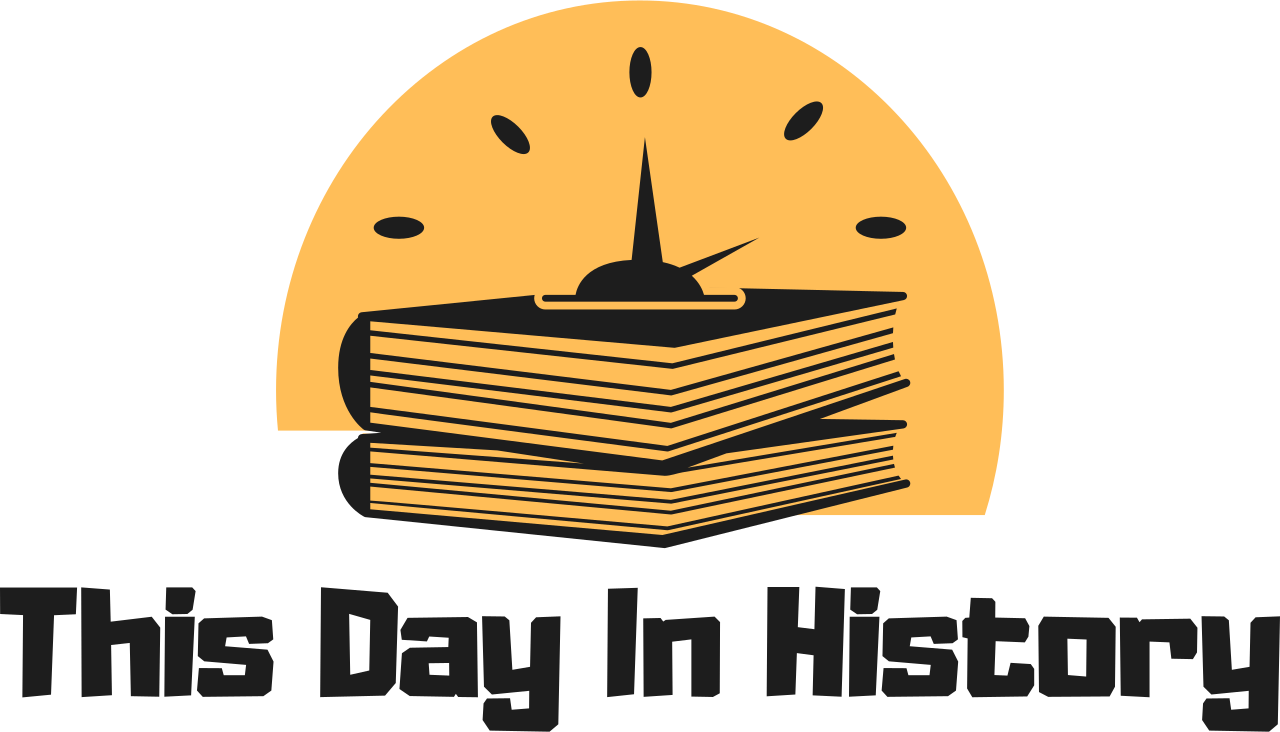Title: The Sinking of the Titanic – An Unforgettable Tragedy on April 15
Introduction:
In the early morning hours of April 15, 1912, one of the deadliest maritime disasters in history unfolded. RMS Titanic – known as “the unsinkable ship,” tragically sank in the North Atlantic Ocean, becoming a significant event that dramatically changed maritime regulations and highlighted the stark class divisions of the early 20th century.
Events of April 15, 1912:
RMS Titanic, the iconic British luxury passenger liner started its first and last voyage on April 10, 1912, from Southampton, England, en route to New York City, U.S.A. Carrying more than 2,200 passengers and crew members, this seemingly indestructible vessel was lauded for being an example of human genius and engineering achievements. But sadly, it couldn’t measure up to the challenge posed by a massive iceberg on the fateful night of April 14 transitioning into April 15, 1912.
Titanic made contact with an iceberg, which led to the flooding of her compartments. Due to the iceberg’s damage, the ship began taking in water faster than the crew could evacuate it. As the water flooded the ship’s lower compartments, Titanic started to sink bow-first. The iceberg had torn a hole in the ship that was too large to repair, causing the ship to sink completely in the early morning hours of April 15.
As the ship sank, the inadequacy of life-saving measures became tragically clear. There were not enough lifeboats for everyone—only sufficient for half the passengers. The ensuing chaos and panic led to a disorderly evacuation, and many lifeboats were launched only partially filled.
Around 2:20 AM on April 15, the ‘unsinkable’ Titanic sank beneath the Atlantic Ocean. Over 1,500 people lost their lives in this disaster, while only approximately 700 people survived.
Interesting Facts – Great for Kids!:
1. The Titanic Ship was almost as long as three football fields and as tall as a 17-story building.
2. Even though the ship was massive, there were only 20 lifeboats on the Titanic, not enough for everyone on board.
3. The ship had its own newspaper – “The Atlantic Daily Bulletin.”
4. Children on the Titanic enjoyed a special playroom and a kennel for their pets.
Educational Activities for Kids:
1. Building a model of the Titanic can help children learn about the ship’s design and engineering.
2. A role-play activity about the Titanic’s journey emphasizing the importance of safety can be informative and fun.
3. Kids can create their own version of “The Atlantic Daily Bulletin,” writing about the daily life and events aboard the ship.
Conclusion:
The voyage of the Titanic stands as a stark reminder of the human cost of overconfidence in technology. The disaster led to significant reforms in maritime safety rules and regulations, including improvements in ship design and the mandate for enough lifeboats for every passenger. While we remember the tragedy that unfolded that fateful early morning on April 15, it also serves as a powerful lesson about the endless pursuit of progress and the need for preparedness and caution.
References:
1. Ballard, Robert D. (1987). The Discovery of the Titanic. Hodder & Stoughton.
2. Butler, Daniel Allen (1998). Unsinkable: The Full Story of the RMS Titanic. Stackpole Books.
3. Lord, Walter (1955). A Night to Remember. Holt.











What do you think?
It is nice to know your opinion. Leave a comment.